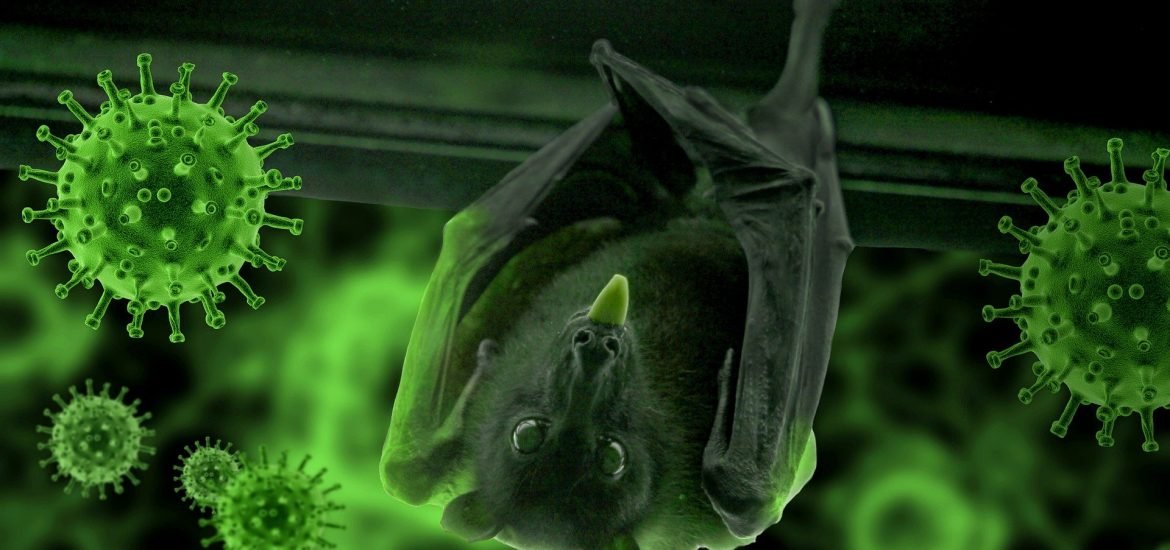
If anyone had surveyed the general public about “zoonoses” a year ago, the response may have been speculative guesses about animal attractions – or just confusion.
But since the World Health Organization (WHO) was first alerted to the outbreak of a novel coronavirus at the end of 2019, global awareness of cross-species diseases, and the threat they pose to human health, has rapidly increased.
Yet zoonoses, diseases that are transmitted between humans and animals, represent just one cog in a complex wheel connecting animal, human and environmental health.
More than a year on from the first case of Covid-19, governments and other authorities must commit to investing in, developing and deploying more mechanisms to better manage this intrinsic relationship if the world is to prevent another crisis of this scale from happening again.
“One Health” is the term often used to cover the interdependency of the health of people, animals and the environment. To reinforce global health resilience, improving how One Health is collectively managed across three main priorities is crucial.
To begin with, governments worldwide must prioritise greater understanding of the prevalence and spread of zoonotic disease by making disease monitoring and surveillance a major focus across public, veterinary and environmental health planning.
Countries need to develop and implement better, more robust systems that map disease outbreaks among both people and animals – from collecting data in the field to building processes and platforms that allow authorities and health agencies to share key information.
Zoonotic diseases are not solely a problem for animal health practitioners. Greater awareness of the spill-over of pathogens from wild animals to humans is needed across all health disciplines in order to be better prepared for the next pandemic. This is precisely why the German government has partnered with the International Livestock Research Institute (ILRI) in Kenya to establish a One Health Research, Education and Outreach Centre for Africa.
To fully appreciate the importance of investing in disease monitoring and surveillance, it is crucial that researchers and scientists are able to provide clear evidence of the wider human, economic and social cost of animal diseases, of which Covid-19 has merely scratched the surface. This will allow leaders and officials to make better-informed decisions based around these potential implications.
Initiatives including the Global Burden of Animal Diseases programme play a vital role in this information sharing – gathering key metrics, identifying deficiencies within the global animal health system and providing solutions to support health practitioners, livestock keepers and society as a whole.
Secondly, food safety – particularly as it relates to animal-source food like meat, milk and eggs – must be prioritised by public authorities, especially in the developing world.
Foodborne diseases cause more than 420,000 deaths every year, with children under five accounting for 40 per cent of these fatalities.
Unsafe food – contaminated by harmful viruses, bacteria, parasites, toxins or other chemical pollutants – can cause more than 200 known diseases. Foodborne illnesses disproportionately affect those living in low-income countries, where targeted and responsive interventions and incentives are needed to improve hygiene.
Largely due to scrutiny on the origin of the Covid-19 pathogen, some targeted initiatives have started to emerge during the pandemic, such as USAID’s $100 million STOP Spillover initiative. But efforts must be made to scale these up and to embed public health as a priority within agricultural policies and wider food systems.
Finally, there must be stronger collaboration across disciplines to monitor and prevent other One Health issues, such as the growing resistance of disease to drugs and treatments, known as AMR, or antimicrobial resistance.
Existing initiatives include the Tripartite Collaboration on AMR, from the World Health Organisation, the Food and Agriculture Organisation and the World Organisation for Animal Health, along with the CGIAR Antimicrobial Resistance Hub, led by the International Livestock Research Institute (ILRI), which are already doing vital work to tackle the growing threat of AMR.
But further multi-disciplinary, multi-regional partnerships are critical to ensure that the risk of AMR is minimised for animals, people and the environment.
The Covid-19 pandemic has lifted the veil on some of the animal-related health challenges that low-income countries have been battling for some time. The threat of zoonotic disease is just one element of “One Health”, but it is a crucial one.
This latest coronavirus has served as a brutal reminder that diseases do not emerge in a vacuum. In their continued response to the ongoing crisis, governments and health authorities must use it as a catalyst to build greater resilience throughout the entire health system.
We all hope vaccines will help us to successfully combat the current pandemic, but in order to guard against the next potential pandemic, we need to be vigilant and proactive, and most importantly, guided by scientific recommendations.
We know that spill-over events will also take place in the future. Therefore, we need to undertake every possible pre-emptive measure to prevent the emergence and spread of new diseases. And we must not forget that AMR is an increasingly life-threatening danger.
Investments in One Health can prevent future pandemics, reduce the AMR burden and limit the huge social and economic tolls that come with them.
Ends
This post is also available in: DE